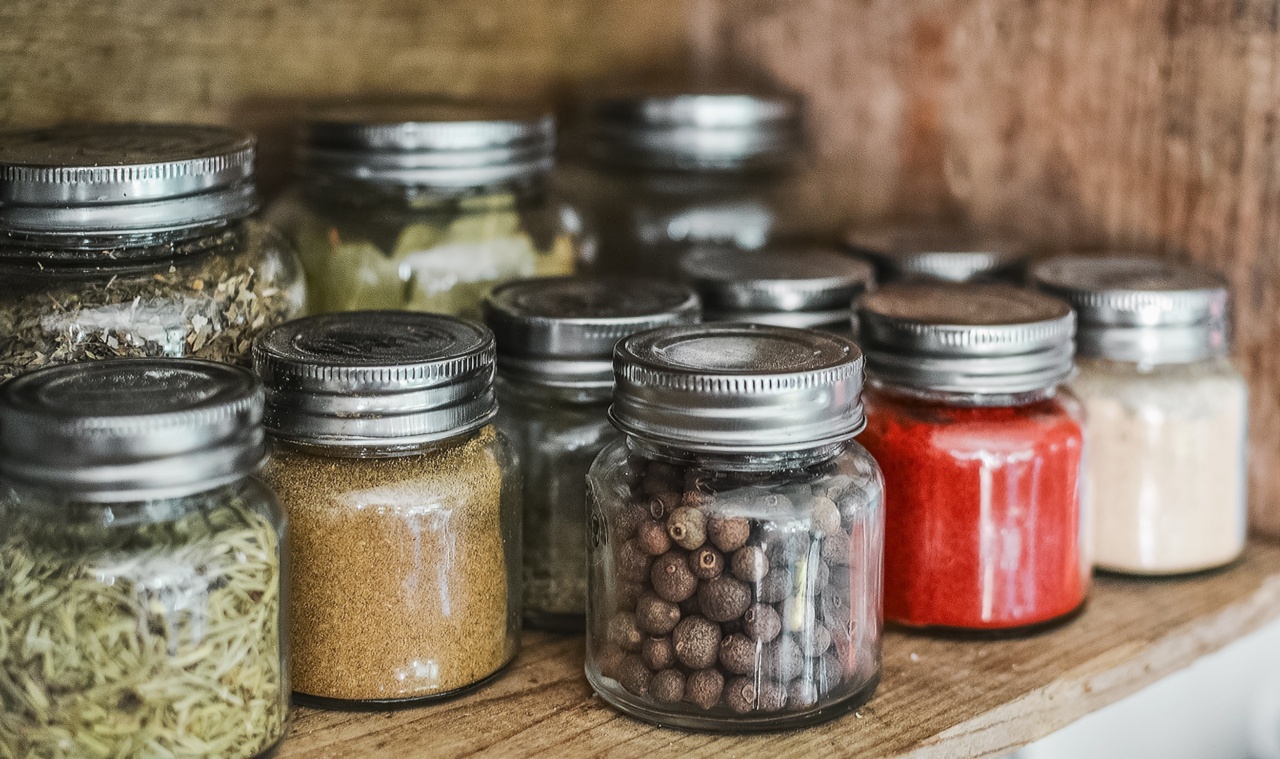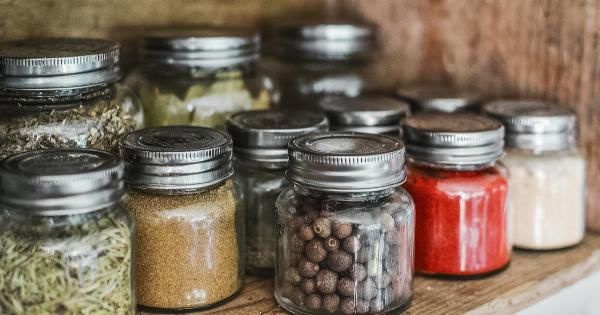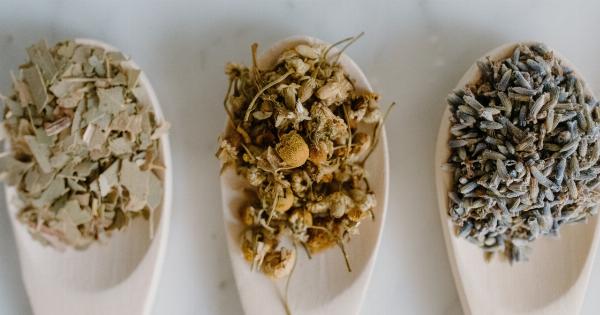Herbs have always been used for their medicinal and therapeutic properties. In fact, many cultures all over the world have relied on various herbs to treat illnesses and help with various ailments.
Herbs have been part of traditional medicine for centuries and continue to be used today. One way herbs can be incorporated into your daily routine is by including them in your diet.
Herbs offer a range of natural benefits like enhancing immunity, reducing inflammation, promoting digestion, and relieving stress. Not only do they provide medicinal advantages, but they can also add flavor to your meals.
In this article, we are going to highlight five must-have thermal herbs that you should consider keeping at home.
1. Ginger
Ginger is one of the most commonly used herbs in cooking. It is multipurpose, and its benefits are endless. It has a unique and warm flavor profile that is perfect for soups, stews, and tea.
Ginger is known for possessing high levels of gingerol, which helps reduce nausea and vomiting. It can also help alleviate pain and soreness caused by inflammation, making it an ideal remedy for arthritis and joint pain.
Recent studies also show that ginger has anti-cancer properties and can help reduce the risk of developing different types of cancer. However, that does not mean that ginger is a substitute for cancer treatment.
Consult with your doctor first before adding ginger to your diet if you have any underlying medical conditions.
2. Cinnamon
Cinnamon is another popular and versatile spice used in many dishes. Its warm, slightly sweet taste makes it an excellent addition to oatmeal, smoothies, and coffee.
Cinnamon is known for its high levels of antioxidants, which help prevent cell damage caused by oxidative stress.
Cinnamon is also famous for its anti-inflammatory properties and may help with lowering cholesterol levels and regulating blood sugar levels. It is an excellent remedy for those experiencing menstrual pain or premenstrual syndrome (PMS).
Cinnamon has also been linked with enhancing cognitive function and reducing the risk of developing neurodegenerative diseases like Alzheimer’s and Parkinson’s.
3. Cayenne pepper
Cayenne pepper, also known as red pepper, adds a spicy kick to dishes and is widely used in spicy foods. Cayenne pepper contains a compound called capsaicin, which provides heat and may help reduce pain, especially in conditions like arthritis.
Studies have shown that cayenne pepper can increase metabolism, making it an excellent spice for those trying to lose weight. It may also help relieve congestion and sore throat, making it great for colds and flu.
4. Turmeric
Turmeric is a bright yellow spice commonly used in Indian cuisine. It has a warm, slightly bitter taste and is widely known for its anti-inflammatory properties. Turmeric contains a compound called curcumin, which is responsible for its health benefits.
Turmeric may help alleviate symptoms of various conditions like depression, arthritis, and Alzheimer’s disease. It may also reduce the risk of developing heart disease, a common condition globally.
5. Garlic
Garlic is an indispensable spice used in almost all cuisines worldwide. It has a distinct flavor and adds a savory taste to meals. Garlic is rich in sulfur compounds that may help fight infection and boosts the immune system.
Consuming garlic regularly may help reduce the risk of developing certain types of cancer, particularly stomach and colon cancer. Garlic can also help lower blood pressure and reduce the risk of developing heart disease.
Conclusion
Herbs are an excellent way to add flavor to meals and provide medicinal benefits. Incorporating herbs into your diet can enhance your well-being and reduce the risk of developing chronic illnesses.
These five thermal herbs – ginger, cinnamon, cayenne pepper, turmeric, and garlic – are must-have staples to keep in your home.




























